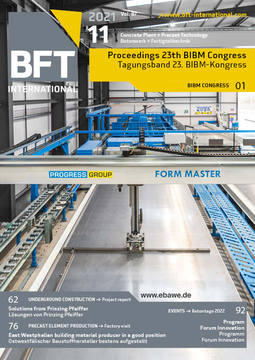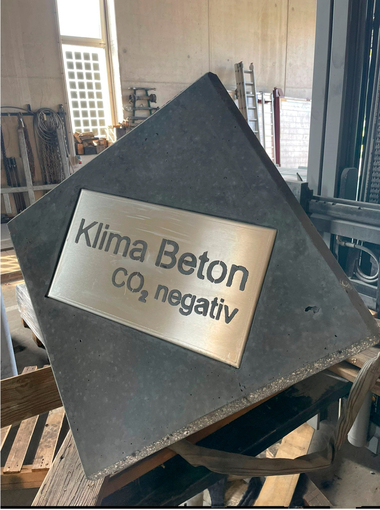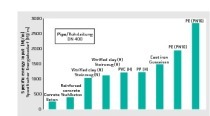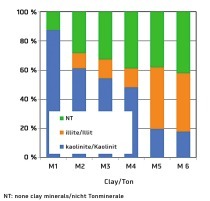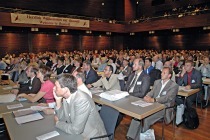CO2 neutral construction with concrete
The CO2 emission associated with cement and concrete are receiving increasing attention. Although the intrinsic emission of cement and concrete are low, the enormous volumes used – more than all other materials put together – mean they account for around 6-8% of global emissions. Cement cannot be replaced by other materials – even to replace on quarter of concrete with timber would require new sustainable forest one and a half times the size of India. The composition of the earth also severely limits alternative chemistries. This means that the most realistic option to reduce CO2 is to replace part of clinker in blended cements with SCMs (Supplementary Cementitious Materials). However, the availability of the most widely used SCMs, blast furnace slag and fly ash from coal burning is quite modest (~15%) compared to the demand for cement.
In this context kaolinite clays, which become very reactive pozzolans when calcined at 800°C are a game changer as they are super abundant worldwide. Moreover, the coupled substitution of calcined clays with limestone can give similar mechanical properties to plain Portland cement with only 50% clinker. These LC3 cement have CO2 emission up to 40% lower than Portland cement. Furthermore, calcined clays are much more reactive than other SCMs, so equivalent strengths can be obtained at earlier ages.
The precast industry should be an excellent opportunity to produce more ecological materials, due to the ability to better control mix design, surface finish, cover depths, etc. However, this potential has not really been realized, to date, due to the demand for high early strengths. This means that cement contents and final strengths are usually much higher than required for the structural performance, effectivity representing wasted materials and CO2.
In this presentation I will build on these observations to discuss future directions for more sustainable concrete, both in general and in the context of the precast industry.


